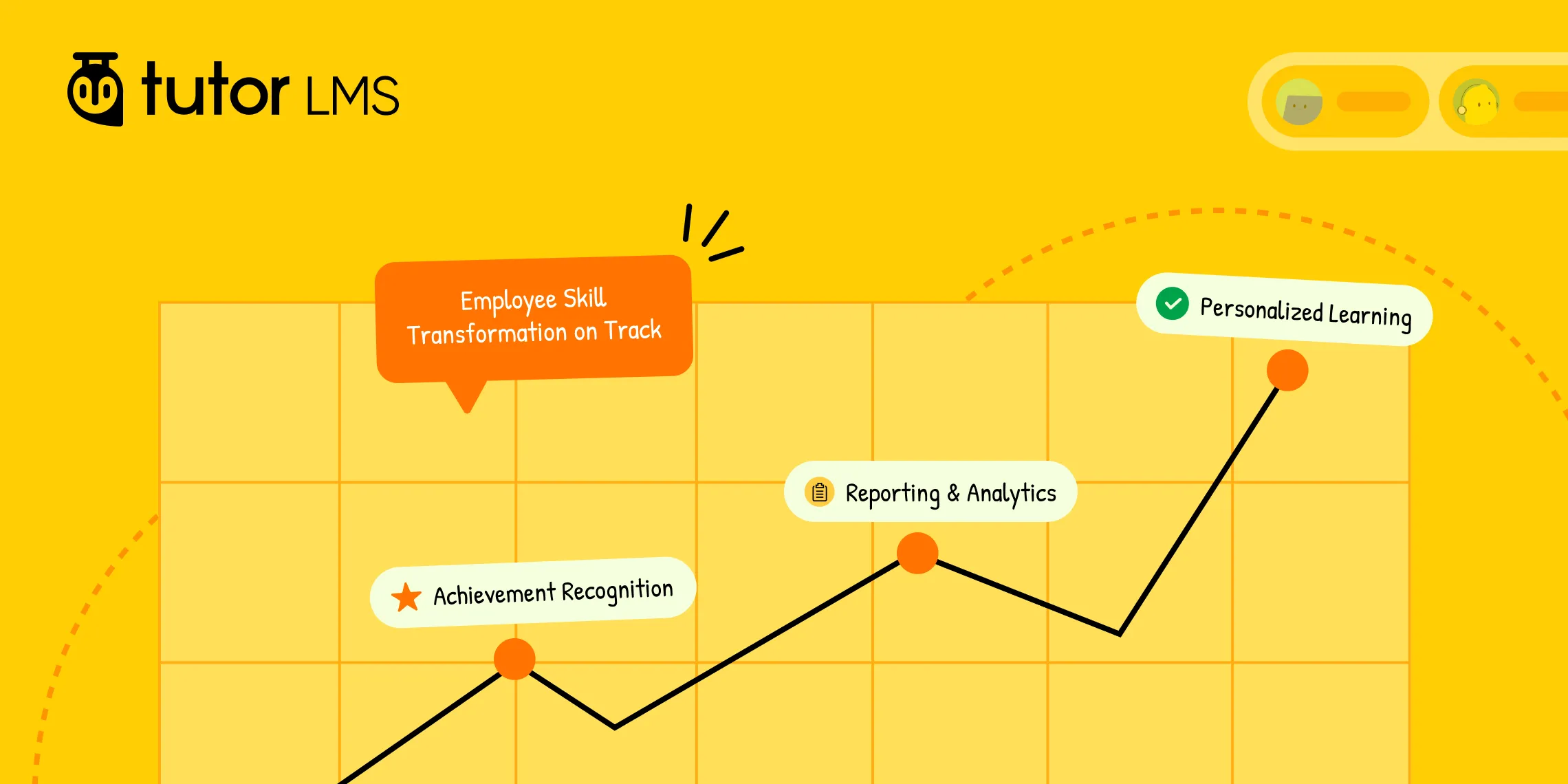Have you noticed how quickly the way we work is changing? Automation, AI, and widespread digital transformation constantly reshape job roles, making skill transformation for your modern workforce more urgent than ever. This means continuous digital upskilling & reskilling for current roles and new opportunities is essential to keep your team agile and competitive.
If you’re grappling with how to manage this profound shift in workforce development, a Learning Management System (LMS) emerges as a powerful, practical, and scalable solution. Throughout this article, we’ll explore how an LMS acts as a vital ally in your Skill Transformation journey, helping you navigate challenges and cultivate a truly future-ready team through effective learning and development.
What Is Skill Transformation And Why Does It Matter Today?
You probably hear the term “Skill Transformation” quite a bit lately. But what does it actually mean for your organization, and how is it different from the usual employee training we’re all familiar with? Let’s break it down simply.
Defining Skill Transformation
Think of traditional employee training like learning a specific task or software, often useful, but usually an one-time event. Skill transformation, however, is a much bigger picture. It’s a continuous, strategic approach focused on reshaping your team’s abilities to meet not just current needs, but future ones too. It’s about constantly building an agile team through ongoing upskilling & reskilling. This means helping your people get better and more efficient in their current roles (Upskilling) while also preparing them for entirely new responsibilities or jobs down the road (Reskilling).
Why the Urgent Need for Change?
So, why the sudden urgency around skill transformation? Three forces are pushing businesses to rethink learning:
- Evolving Work Environments: Hybrid and remote work models demand new digital collaboration skills and tech savviness that older Employee Training methods might not cover.
- Fierce Global Talent Competition: Businesses everywhere are looking for skilled individuals. Closing your internal skills gap through focused workforce development makes you more competitive and helps retain your valuable team members.
- Technology Outpaces Traditional Learning: By 2025, 50% of workers will need reskilling due to AI and automation (World Economic Forum). Without adaptive learning, teams fall behind.
Key LMS Features that Drive Real Skill Transformation
Understanding the ‘why’ behind skill transformation is the first step. So, how do you actually bring it to life day-to-day? This is when a Learning Management System (LMS) transforms from a simple tool into your strategic ally for effective workforce development and impactful employee training.
Let’s explore some of the most impactful capabilities that help your team unlock its full potential and support meaningful upskilling & reskilling:
A. Personalized Learning Paths & Skill Checkpoints
You want your team’s learning to feel relevant- something they can use right away, not just another box to tick. That’s why a modern LMS should do more than deliver content; it should guide each learner on a journey tailored to their unique needs and career goals.
Today’s LMS platforms use smart features often powered by AI to create these tailored experiences. Here’s how they help you close the skills gap and keep learning meaningful:
- Prerequisites & Content Drip:
To ensure skills are developed in a logical, digestible way, a powerful LMS provides smart tools for structuring the entire learning journey. Here’s how such an LMS helps you design these comprehensive courses:
- Intuitive Course Creation: You can effortlessly map out clear learning paths, often using a drag-and-drop course builder, to arrange content logically from foundational basics to more advanced, complex topics.
- Guided Learner Progression: Implement clear prerequisites for specific lessons or entire courses. This ensures employees build a solid understanding of core concepts before tackling more challenging material.
- Content Drip functionality: Enhance this structured learning with content drip functionality. This feature allows you to unlock lessons or modules sequentially or based on a pre-set schedule, preventing information overload and supporting steady progress through their Personalized Learning path.
- Manual Enrollment & Custom Learning Paths:
To make Personalized Learning truly effective for, your LMS must allow you to precisely control who gets access to what content. This ensures that each employee’s training is directly relevant to their role and development needs.
- Tailored Access with Manual Enrollment: Your LMS should offer flexible enrollment options, including the ability for administrators or managers to manually enroll specific individuals or groups into particular courses.
- Curated Skill Journeys with Course Bundles: Imagine grouping a series of related courses together to form a comprehensive learning path for a specific job role or skill set (e.g., “New Manager Essentials” or “Advanced Data Analysis Skills”). A powerful LMS will enable you to create these “course bundles“ and then assign them directly to relevant employees or departments.
- Verifying Mastery with Robust Assessments:
To truly measure skill acquisition, your LMS must offer robust assessment tools. Look for capabilities like:
- An advanced quiz builder with diverse question formats (e.g., multiple-choice, fill-in-the-blanks, image matching, ordering).
- Flexible quiz settings, including time limits, passing scores, and retry options.
- The ability for learners to submit assignments, showing they can apply what they’ve learned. These features ensure your Employee Training assessments effectively gauge practical skills.
B. Rich Interactive Content & Diverse Formats
A personalized training path can be extremely beneficial for your workforce. But for those paths to truly lead to skill transformation, the actual learning experience needs to be engaging and, dare I say, even enjoyable.
A feature-rich LMS allows you to seamlessly integrate multimedia into lessons, creating tailored experiences for learners. For example:
- Embed videos directly into lessons, quizzes, and assignments from platforms like YouTube or Vimeo, or use self-hosted videos to align with specific skill goals.
- Add audio clips for auditory learners or downloadable resources like templates, guides, or checklists to reinforce key concepts.
C. LMS Powers Collaborative Skill Building
Often, skill transformation is amplified through peer interaction. Your LMS can foster this with built-in social learning features.
- Dedicated Discussion Spaces: Look for an LMS that provides course-specific Q&A sections or online discussion forums for courses, where learners can interact, ask questions, and share knowledge, creating a vibrant Continuous Learning community.
- Building a Wider Learning Community: Beyond immediate lesson questions, look for how your LMS supports broader interaction. This might be through integrations that allow for more extensive student forums or topic-based discussion groups.
D. Sophisticated Gamification & Achievement Recognition
An LMS with thoughtful gamification in corporate training can make a world of difference. It’s not just about making learning “fun”; it’s about using proven techniques to encourage continuous learning and make upskilling & reskilling efforts feel more rewarding through:
- Recognizing Mastery with Custom Certificates & Badges: Look for an LMS that allows you to design and automatically issue professional, custom-branded certificates and digital badges upon successful course completion.
- Making Progress Visible and Shareable: These downloadable certificates and shareable digital badges aren’t just for show. They serve as tangible proof of new skills gained through upskilling & reskilling. An LMS that allows learners to easily view and showcase these achievements makes their learning journey feel more official and valuable.
E. Ultimate Accessibility & Mobile-First Training
For Continuous Learning to become a reality for your modern workforce, training must be accessible anytime, anywhere. This makes mobile learning features crucial.
- Responsive Design: A top-tier LMS will be fully responsive, ensuring a seamless experience on desktops, tablets, and smartphones, offering truly flexible learning solutions for employees.
- Inclusive Learning: Make learning accessible to everyone. Prioritize an LMS that meets accessibility standards so all employees can fully use the training material.
F. Powerful Dashboards, Reporting & Insightful Analytics
How do you track the effectiveness of your skill transformation initiatives and employee training programs? Comprehensive learner progress tracking is non-negotiable for informed Learning and Development (L&D).
- Insightful Data Visualization: Your LMS should offer detailed reporting dashboards with advanced filtering options (by course, student, date), clearly showing course completions, quiz scores, engagement patterns, and even revenue from course sales.
- Actionable Metrics: These training effectiveness metrics are vital for understanding learning impact, identifying areas to address the skills gap, making data-driven adjustments, and ultimately measuring training ROI with your LMS.
Bringing It All Together: Finding an LMS That Powers Real Transformation
We’ve explored how critical skill transformation is for your modern workforce and the amazing array of features a truly capable LMS should offer. From Personalized Learning paths and rich interactive content to robust analytics and tools for fostering a continuous learning culture.
Now, you might be thinking, “That all sounds fantastic, but does an LMS that seamlessly integrates all these powerful capabilities actually exist?“
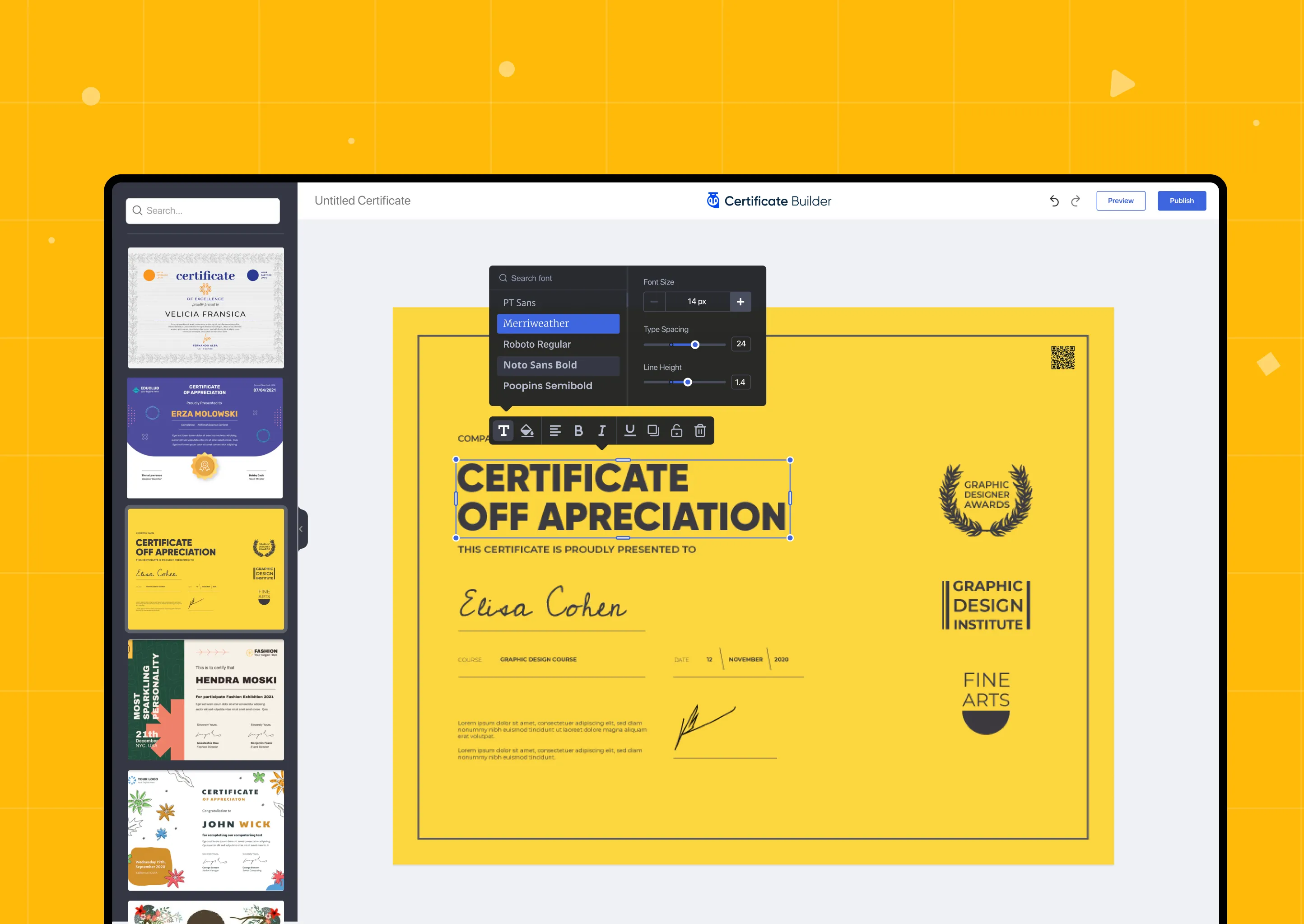
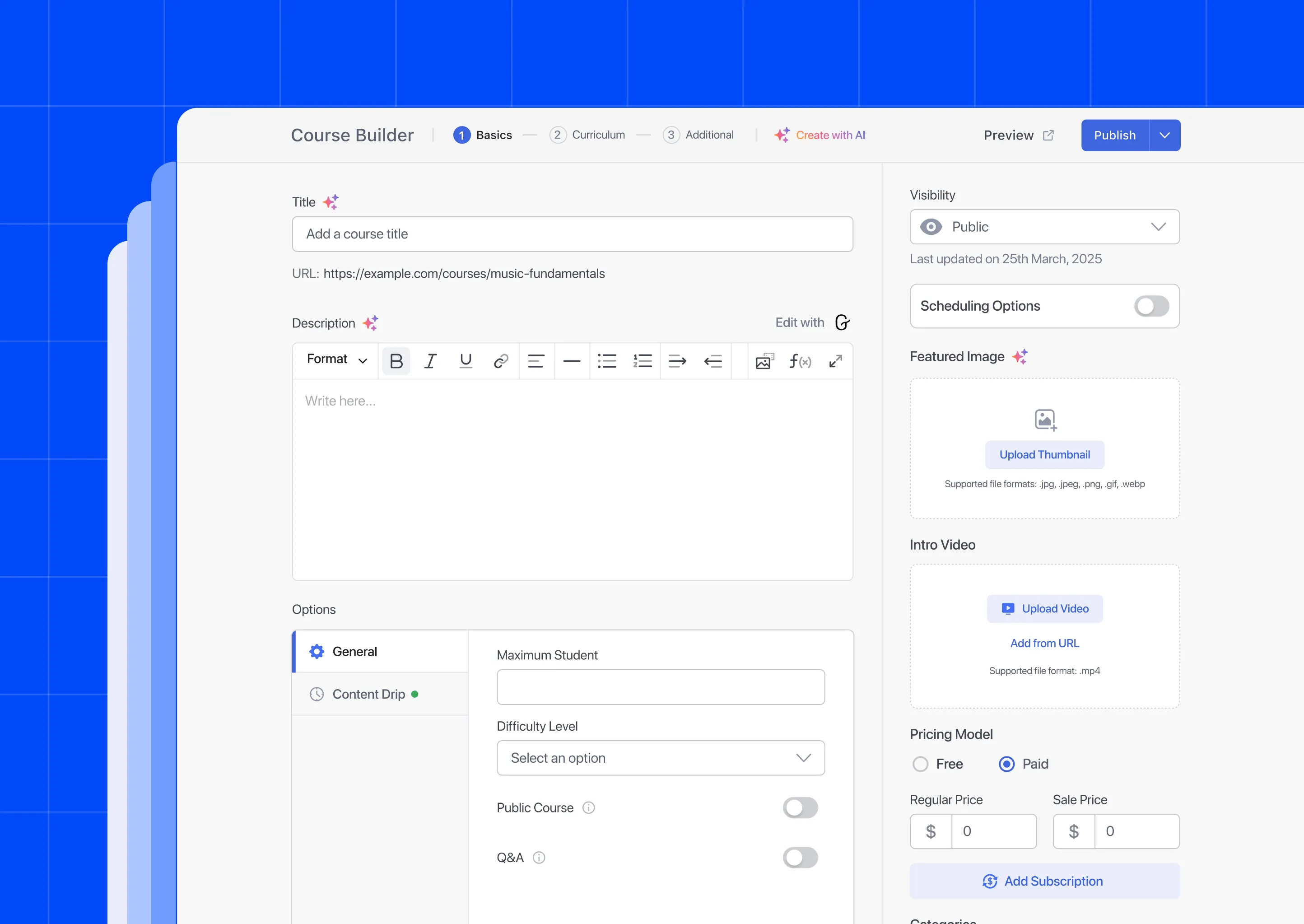
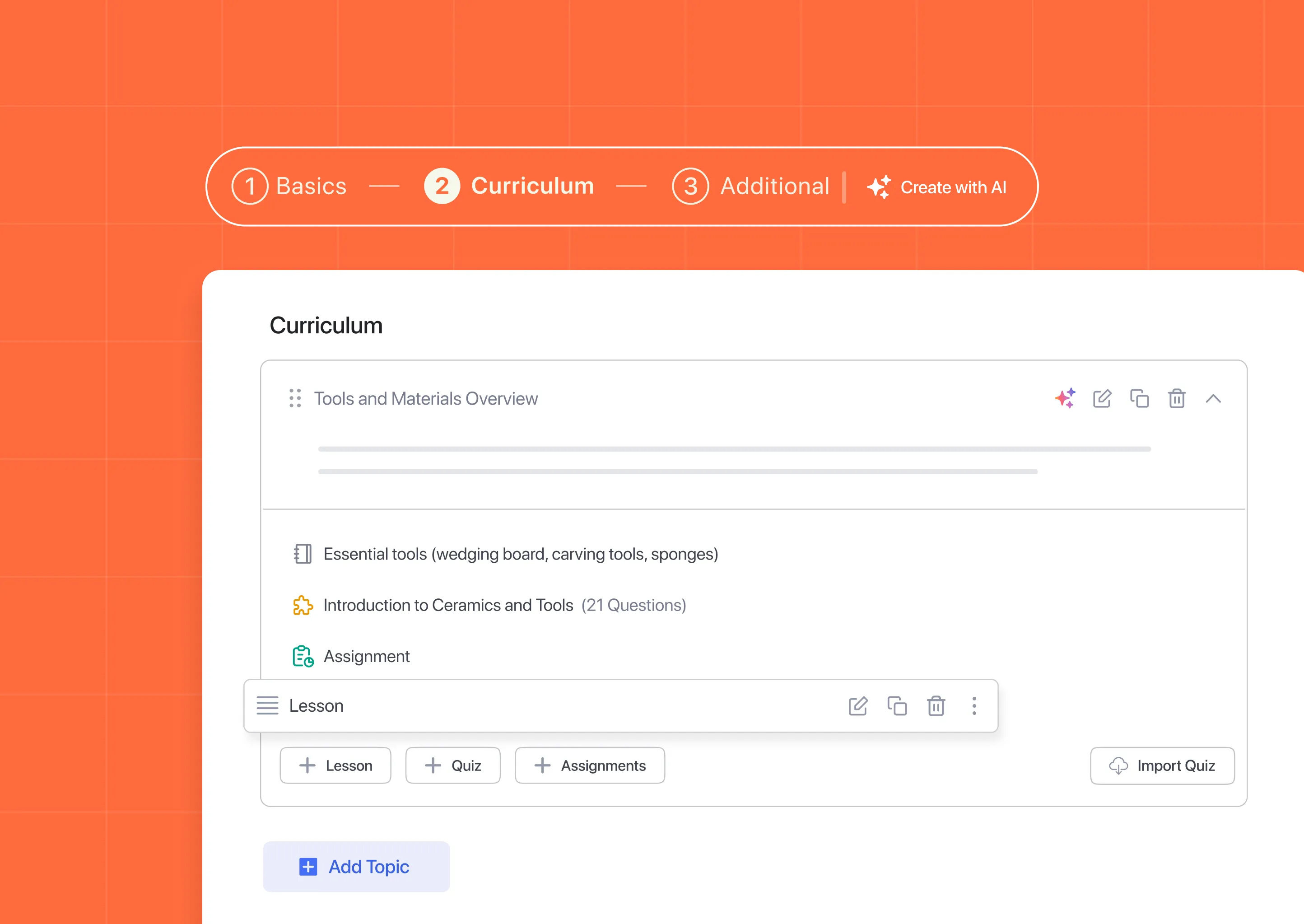
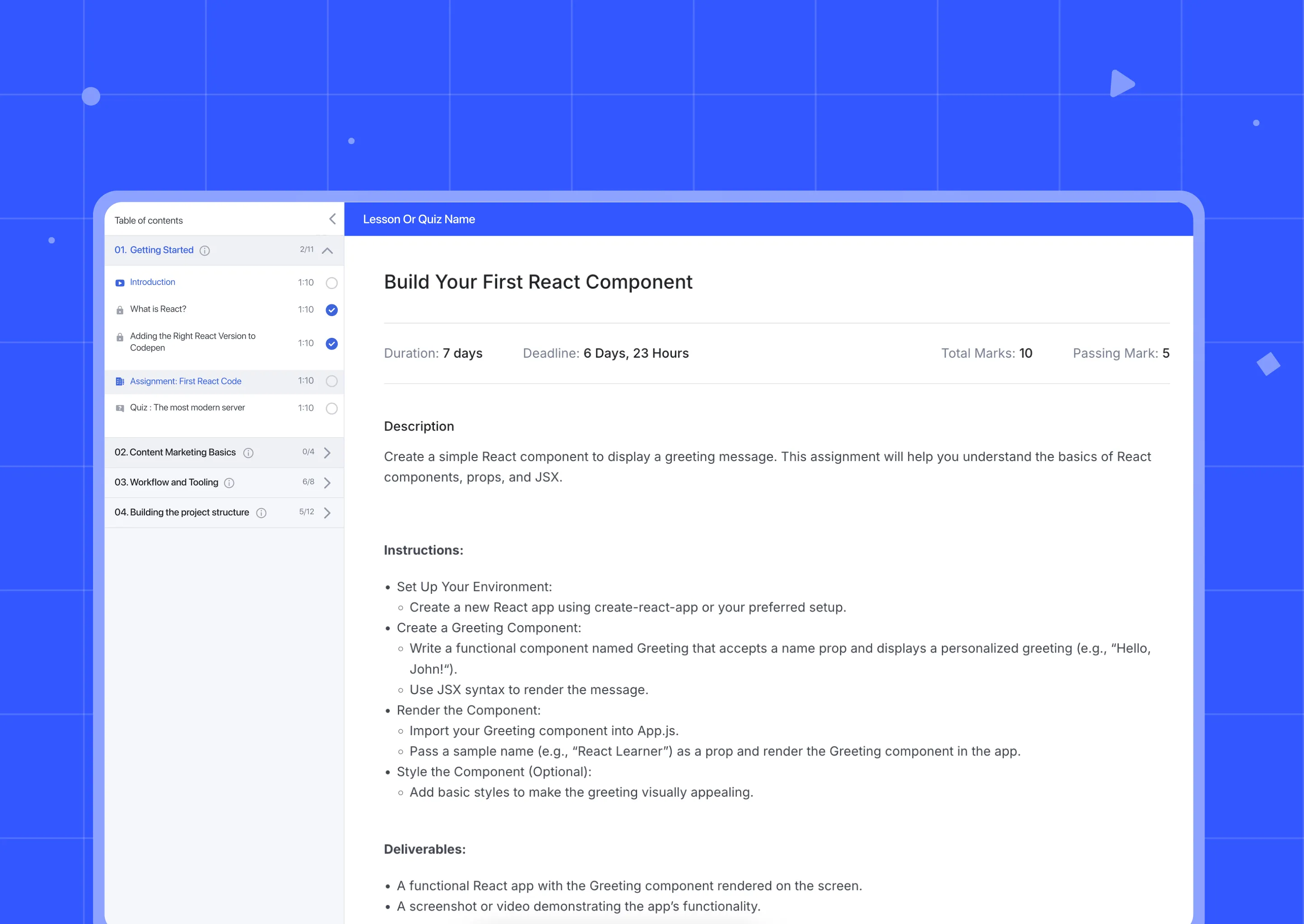
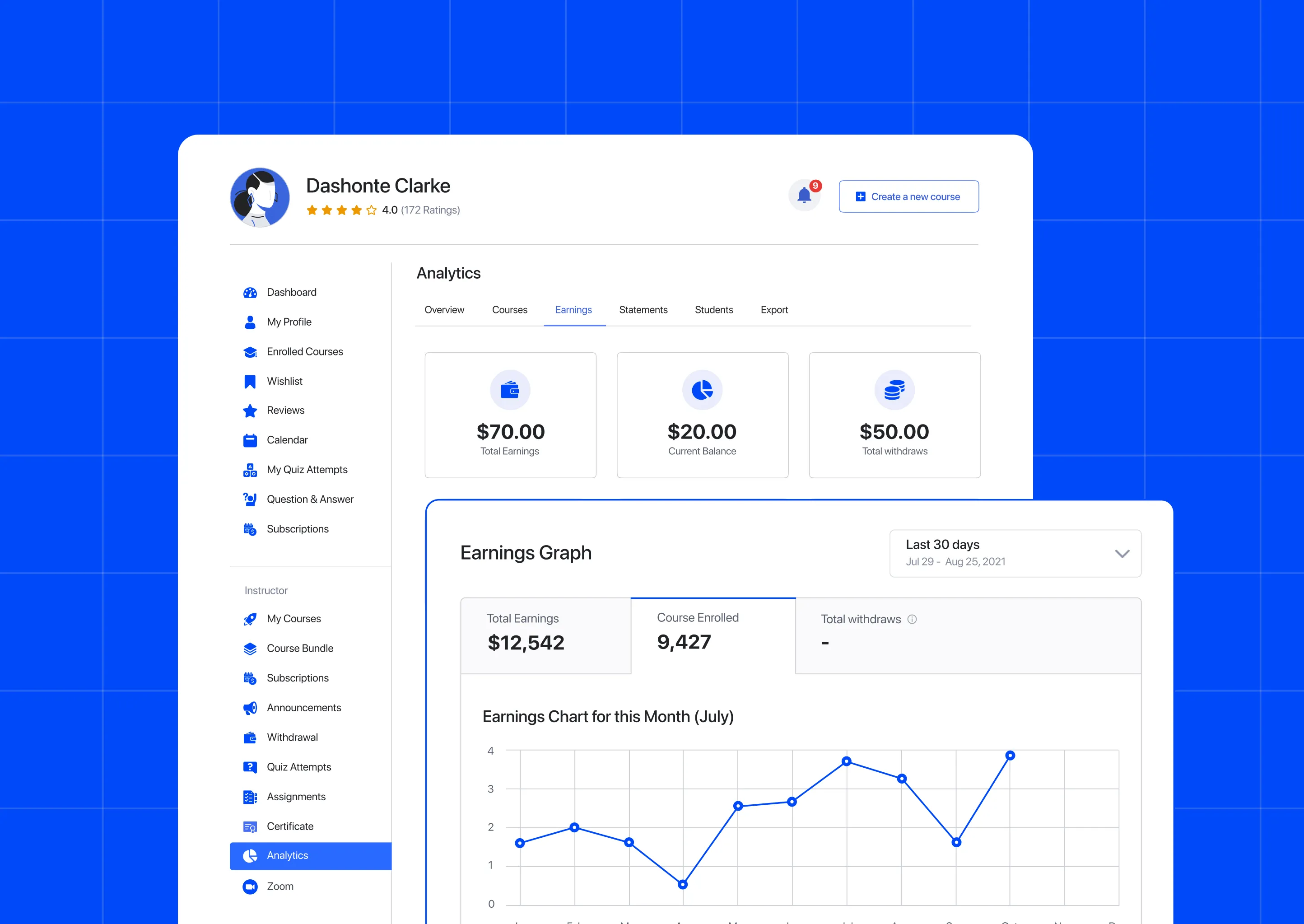
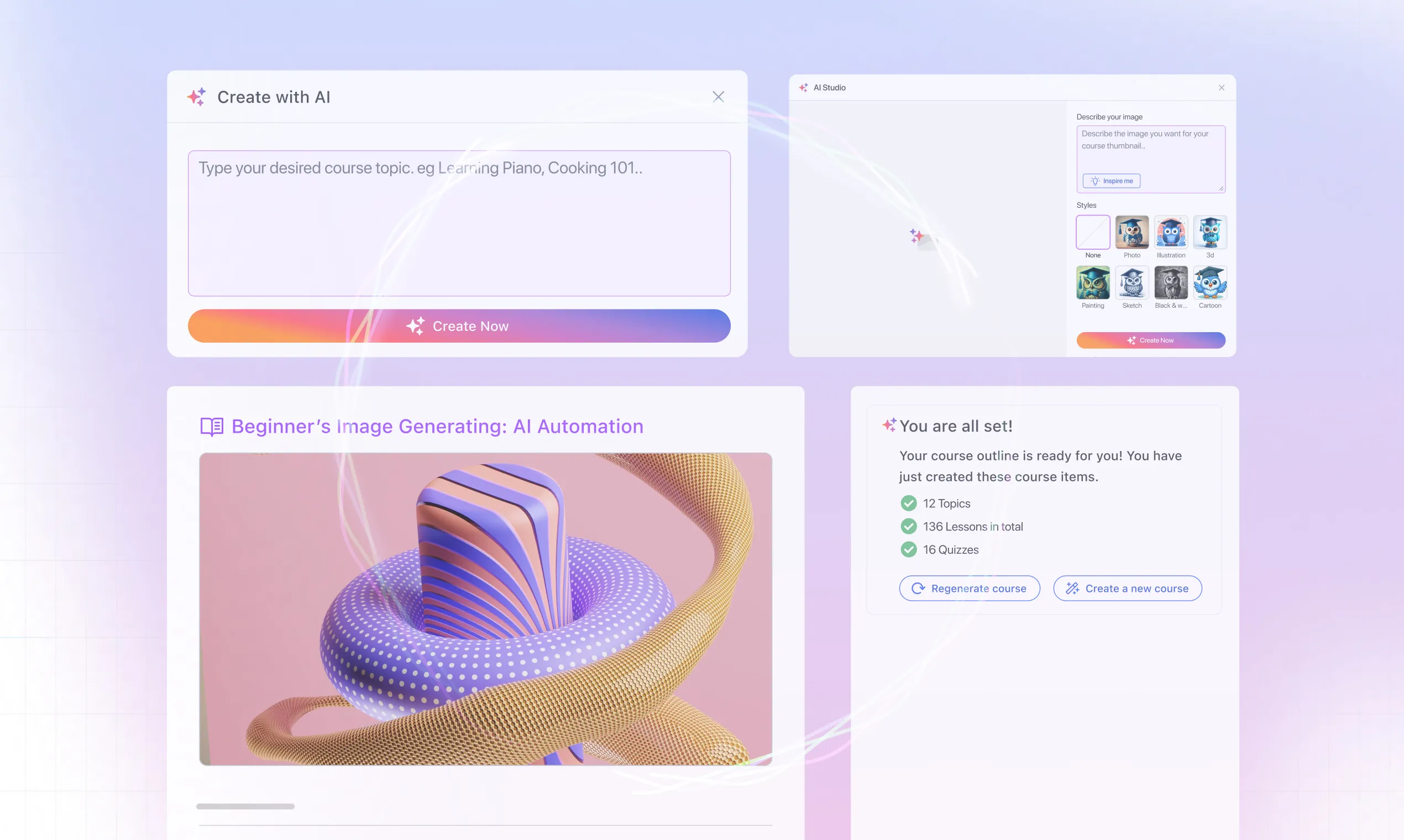
With a solution like Tutor LMS, the answer is a resounding yes! Beyond the features we’ve discussed, it’s built to handle the complex demands of modern upskilling & reskilling with a suite of advanced capabilities enhancing your Skill Transformation initiatives with:
- Multi-Instructor Collaboration: Allow several subject matter experts to co-create and manage a single, comprehensive course, enriching the learning experience.
- Live Learning with Seamless Integrations: Directly connect with your teams through built-in Zoom and Google Meet integrations for interactive webinars, live coaching, and real-time employee training sessions.
- Advanced Monetization Options: If you plan to offer premium professional development plans or courses externally, native eCommerce features, diverse payment gateways, and commission allocation for instructors are built in.
- Many Powerful Add-ons & Integrations: Extend functionality further with a rich ecosystem of add-ons and third-party integrations, ensuring your LMS evolves with your digital transformation needs.
With a comprehensive platform like Tutor LMS, you’re not just acquiring a tool for continuous learning. You’re empowering your organization with an engine designed to tackle skills gaps and accelerate meaningful workforce development
Start Using Tutor LMS Today
Ready to take your online courses to new heights? Download Tutor LMS now and enjoy a journey of eLearning excellence.
